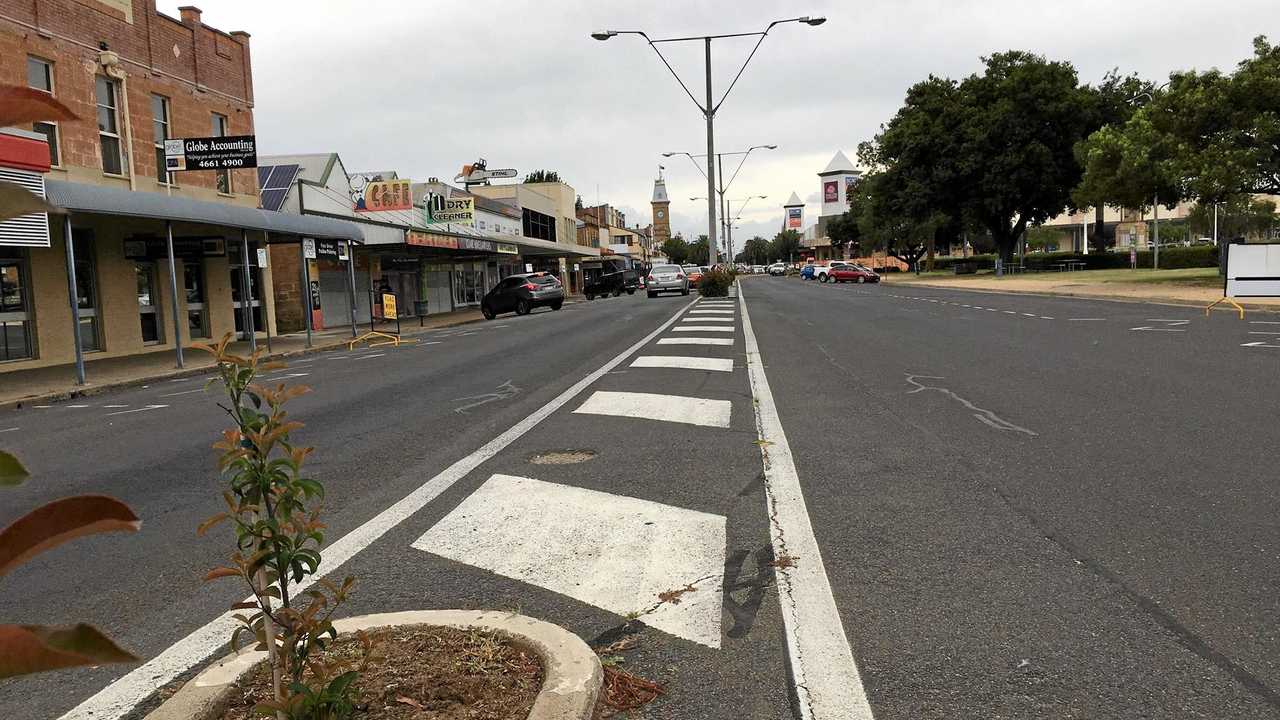To cross the line or not cross the line, that's the question
DRIVING instructor clears up confusion over when to cross painted islands.

SOMETHING that seems to create confusion to many drivers is when and where you can legally cross or drive on line markings and painted islands on the road.
I'll cover a few of them and perhaps make things a little clearer.
There are broken centre lines, single continuous centre lines, double continuous centre lines, painted traffic islands with single lines as well as painted traffic islands with double lines around them. We also have wide centre lines out on our highways, both broken and unbroken.
There are legal differences between when you can cross the different types of lines. So, what can, and can't you do?
Firstly, continuous single centre lines (including painted islands surrounded by single lines.) You may cross these to enter or leave the roadway (eg into the Warwick Hotel drive through bottle shop on Palmerin St or into the carpark of Supercheap Auto on Albion St), to park in an angle parking bay or to safely pass a cyclist.
You may also drive on a painted island for up to 50 metres to enter a turning lane that is immediately after that painted island (eg to enter the turning lane on the highway to turn onto Yangan Rd).
You must not cross them to overtake another vehicle or to do a U-turn. To clarify that, for example, you can drive onto it and then cross the painted island to drive into the driveway of a property but not to do a U-turn to then parallel park outside that property. It's also not allowed to drive on or over a painted island between lanes travelling in the same direction. For example, a painted island at a merging lane.
When there is a double centre line, or a double centre line surrounding a painted traffic island there are very limited times you can legally cross them or drive over them except, (if safe to do so) to safely pass a cyclist or if you need to pass an obstruction on the road. An obstruction may be driving around a broken-down vehicle, a traffic accident, a fallen tree or similar. Driving around another car who just happens to not be going at the speed you want to drive at, unfortunately, is not considered an "obstruction” for the purpose of this rule.
If it is a broken line, either as the centre line or on your side of the centre line you may cross it. If safe to do so, to overtake another vehicle, to do a U-turn or to enter or leave the roadway.
The overriding thing when crossing centre lines for any legal reason, is to make sure it is safe to do so.
Some drivers think it is their god given right to drive on the wrong side of the road, regardless of the presence of oncoming vehicles.
I'll never forget a head-on traffic incident I investigated on a winding narrow road as a young constable. The offending driver, the one who was on the wrong side of the road, failed to see how they were at fault. Fortunately, it didn't have any severe consequences such as injury, just cars damaged.
"I don't know how I was supposed to stay on my side of the road and still do the speed limit, the road was so windy”, the driver said, "I mean you can only turn the wheel so much!!”
I said, "Given that was the case, did you think about slowing down?”
"Don't be ridiculous young man” they said, "I was running late for bowls as it was.”


